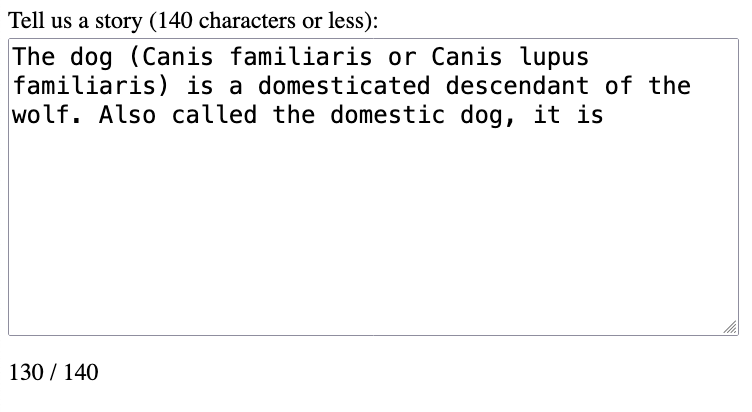Achievements Round 2
Weight: 6%
Due:
Marking Rubric
- You will be graded for two 3-point mini-assignments (Achievements) in Round 2 for the first half of CPNT 262;
- Submissions for Achievements Round 2 will close Monday, October 31st @ 11:59pm;
- Achievements from Round 1 are not eligible for this Round.
Achievements
Submission Instructions:
- In Brightspace: submit a ZIP of relevant files to Round 1;
- As a comment: share links to make it easy for the instructor to quickly evaluate your work:
- GH repos, Pages, Projects (Beta), etc.
- Codepens, Figma, FigJam, etc.
- Double check the Achievement for specific instructions.
- If applicable, include a README containing the following;
- Achievement name and author;
- Attributions: Did anyone help you? Give credit to any classmates, articles, tutorials, etc that helped you complete this project.
- Include self-assessments, observations, research, etc under the heading “Code Journal” in your README.
- Submit Achievements as you finish them; your Instructor will try to keep up!
1. Comma-separated list of words
Starting with an array of words such as:
const nouns = [
"cat",
"dog",
"hamster",
"parrot",
"dolphin"
]Print a complete sentence on the page that includes the list of words such that:
- they are separated by a comma and a space;
- the last word is separated by the word “and”.
Example output: “My favourite pets are the cat, dog, hamster, parrot and dolphin.”
2. Studly caps (SpongeBob case)
Using a loop of your choice, create a function that changes a sentence into studly caps (aka: mocking SpongeBob case).
The function should accept a sentence as an argument:
“Can I get some extra credit?”
and return the same sentence in studly caps:
“cAn i GEt SomE eXtRa creDiT?”
Output this sentence to a web page.
3. Intersection Observer proof-of-concept
Using the Intersection Observer API, create a long HTML page that changes content as it scrolls into the viewport. For example, the content can:
- scroll into place,
- fade in,
- be highlighted in some way,
- etc.
Hint: There are many Intersection Observer tutorials that you can find online.
4. Text area counter
Add a dynamic text character counter that displays the number of characters entered into a <textarea> element such that:
- Counter shows a dynamic count of characters present in a
<textarea>element; - Counter updates as the user types;
- A character limit is shown next to character count.

See this gist for starter code and detailed instructions.
5. <template> Element proof-of-concept
Element.innerHTML is not considered the best method of adding HTML content to a page.
Create a proof-of-concept project that, instead, stores HTML in a <template> element which is cloned, modified and added to the page using Javascript.
- Use content of your choice that contains valid HTML elements;
<template>content may be modified in a way of your choosing;- The new content may be displayed when the page loads (no user action required).
For example, you may refactor any of the in-class examples shown thus far that uses Element.innerHTML to output content to the page.
